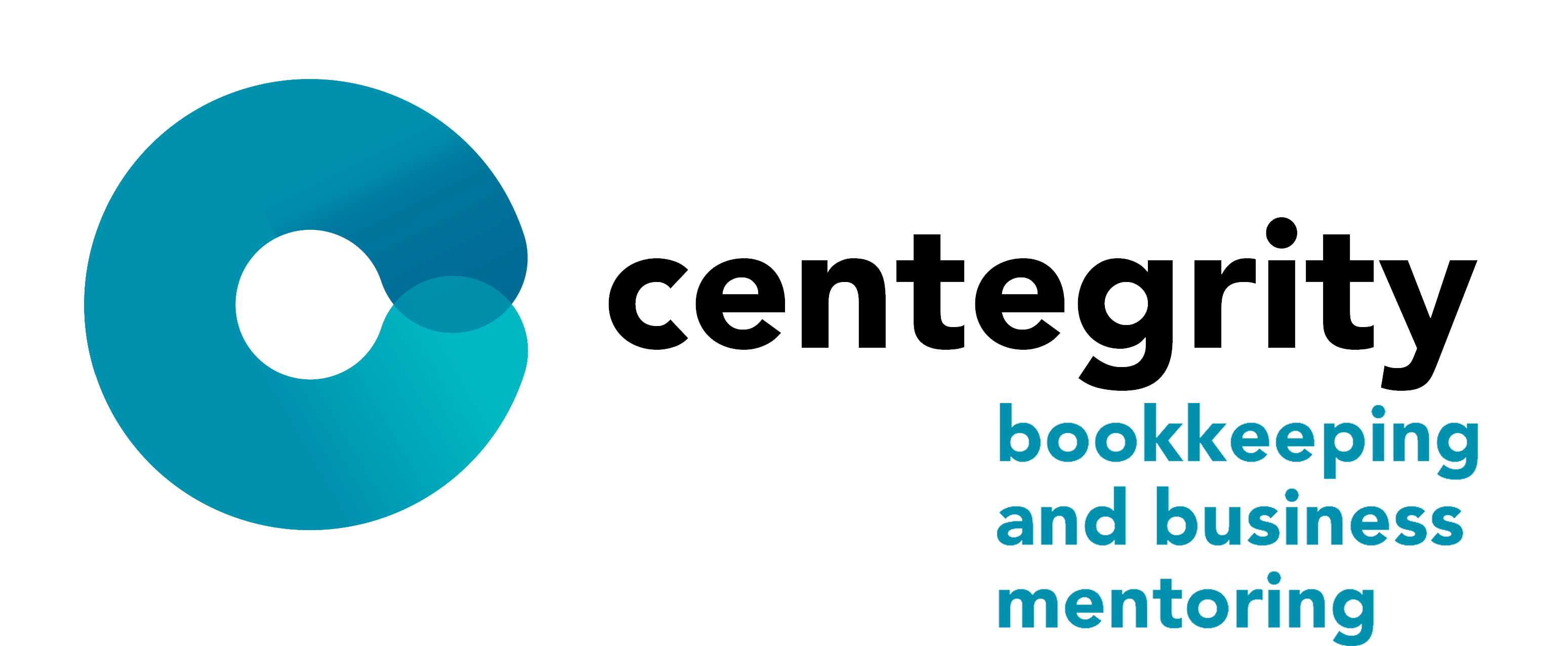For most businesses there are many expenses that can eat into valuable profits.
Some of them are fixed costs and cannot be changed, but many smaller expenses can add up over a year, that if addressed, can potentially add a lot of profit to the bottom line.
Electricity Costs
If you have an office location or a practice, then electricity costs are unavoidable. However, that doesn’t mean they are not manageable.
By far, the most significant electricity use cost for most businesses is air conditioning and heating. By checking the efficiency of your air conditioning system,how many hours a day it runs and what temperature it runs at can save a significant amount of money.
Also, consider a smart thermostat that can auto adjust the temperature or even turn the system on and off outside of office hours.
Phone Costs
With the invention of VoIP and video conferencing, it might seem like phone costs are now unnecessary. For a small business, you may only need a simple phone plan connected to your mobile phone. Most phone plans have an unlimited call and text option, which can be great if you are on the phone a lot.
Alternatively, you can opt to use services such as Zoom, Google Voice, or WhatsApp as a phone alternative. Services like Skype also offer paid phone call minutes which can be useful for those who have a good internet connection. Zoom can be a great tool for meetings and for a small fee each month it has many tools that help you conduct virtual meetings that save time and travel.
Credit Cards
While credit cards for business are convenient, they can also cause a lot of issues if the interest payments get too high.
Always review the costs of using a credit card, including any annual fees, interest rates, and late payment fees. All these can often be reduced simply by shopping around.
If your business requires a lot of international travel, then using 28 degrees for international charges can be a great strategy to avoid paying international transaction fees.
Going Paperless
Going green may seem like a lot of work, but using paperless methods to pay bills, receive invoices, and check bank statements can help to save both money and time.
Most banks, utility companies and point-of-sale systems will offer a financial incentive for opting to go paperless.
Going green will also help you save on paper costs if you provide emailed receipts to your customers, rather than printed copies. If you make sure to scan your documents whenever possible, it will also help save on ink and paper (thousands of dollars for some business) and enable you to send and share information effortlessly. An excellent tool to try is Hubdoc, which helps you import, export and keep all your financial documents in one place electronically.
Cancel Recurring Services
Business today lives in the age of memberships. Every type of software has a monthly or yearly fee to get access. While the benefits of the software-as-a-service (SAAS) is excellent for the companies who provide them, it can start to add up for your business.
At the end of the month, review your credit card statements to figure out which low-cost services might not be needed or aren’t being used anymore. You might also be able to save by paying annually for some subscriptions instead of monthly.
Small Change Adds Up to Profits
Although it might seem time-consuming to look at your expenses, most of the money goes directly to the profit margin. If you are keeping your costs as lean as possible, you maximise profit and increase your peace of mind.
If you need assistance with lodging your BAS, we are here to help. Centegrity have over 12 years of experience assisting businesses with bookkeeping and business mentoring.
Get in touch by filling in the form below.

